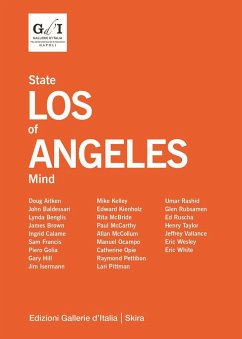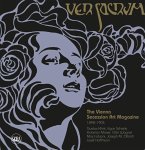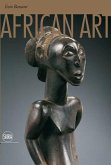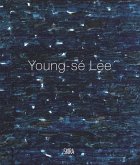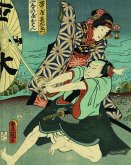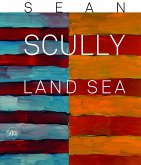If New York is the world, Los Angeles is definitely America. Or at least that America that seizes our imagination and never lets go. A megalopolis in the desert, a universe in itself that speaks a host of languages and embodies just as many contradictions: a Republican territory that's home to Underground culture; Hollywood and the Beat generation; Charles Manson and Marilyn Manson; a hotchpotch of languages, dialects and peoples. Los Angeles (state of mind) is the story of a city through different generations of artists who found success there from the 1970s to the present day. At first, even in California, styles and languages overlapped with each other with no prevalent direction or genre. We find the Pop Art of Ed Ruscha coexisting with the most recent abstract art experiences of Sam Francis. But the 1970s were also the decade of conceptual art, Body Art and the happenings, with figures such as John Baldessari, Chris Burden and Paul McCarthy, often extreme performers, and Bruce Nauman, Ed Kienholz and Lynda Benglis, a leading exponent of militant feminism. The in-between generation of artists were of great importance: born between the 1950s and '60s, they were defined by Mike Kelley as: "too young to be a hippy, too old to be a punk". Among the artists who emerged in the 1990s were Doug Aitken, who expresses himself through video installations and photographs, and the neo-minimalist Rita McBride. The Los Angeles of today is particularly focused on Black Culture, a phenomenon that manifests itself in all its social urgency and constitutes the fundamental basis for the reform that is so crucial for American culture. The drawings of Umar Rashid and the intense paintings of Henry Taylor bear witness to this epoch-making transition, for an America that is still diverse.
Hinweis: Dieser Artikel kann nur an eine deutsche Lieferadresse ausgeliefert werden.
Hinweis: Dieser Artikel kann nur an eine deutsche Lieferadresse ausgeliefert werden.
